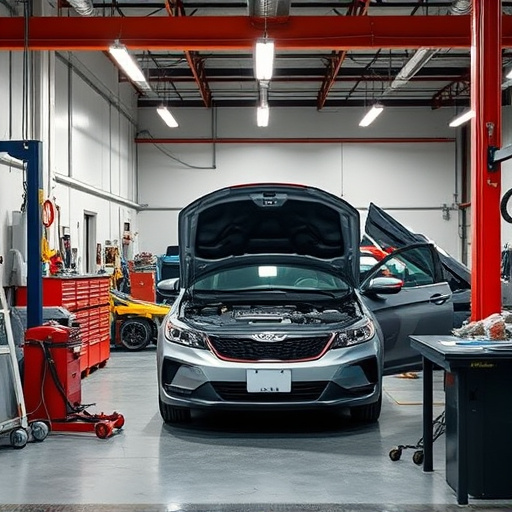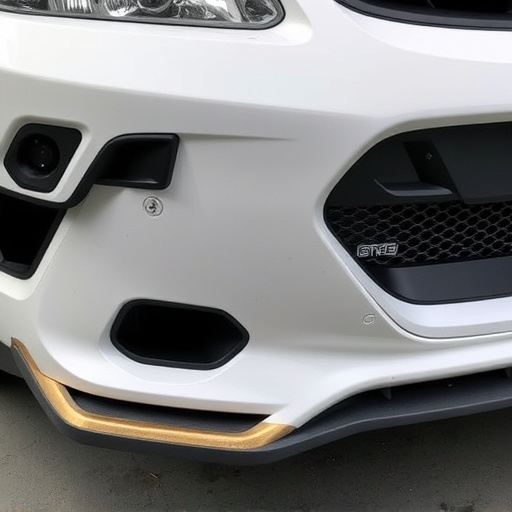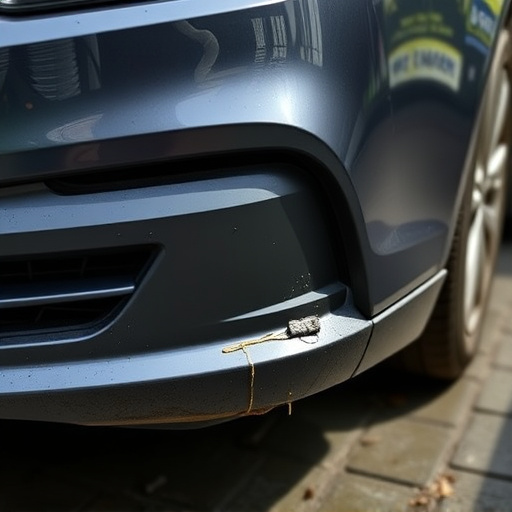Repair status updates are vital for auto repair shops to manage customer expectations, build trust, and ensure satisfaction by providing transparent vehicle progress communications, from minor repairs to complex diagnostics. Effective communication through these updates is key to a positive reputation in the competitive automotive industry.
In today’s service-oriented world, effective communication is key to managing client expectations. One powerful tool in this regard are repair status updates. Understanding and leveraging these updates can significantly enhance client satisfaction by providing transparency into service progress. This article delves into the fundamentals of repair status updates, explores their role in expectation management, and offers best practices for delivering clear and timely communications.
- Understanding Repair Status Updates: The Basics
- How Repair Status Updates Manage Client Expectations
- Best Practices for Effective Status Update Communication
Understanding Repair Status Updates: The Basics

Repair status updates are essential tools for any auto repair shop or car service center looking to manage customer expectations. These regular and transparent communications keep clients informed about their vehicle’s progress, ensuring they know what to expect during and after the repair process. It’s a simple yet powerful way to build trust and maintain positive relationships with customers.
Whether it’s a minor issue like a car dent removal or a complex engine diagnostic, providing timely status updates allows auto repair shops to set realistic expectations. For instance, when dealing with an auto repair near me, customers appreciate knowing if there are any delays or unexpected challenges. This open dialogue can help avoid frustration and ensure clients are satisfied with the service they receive.
How Repair Status Updates Manage Client Expectations

In the realm of vehicle repair services and automotive body work, maintaining client satisfaction is paramount. Repair status updates play a pivotal role in managing expectations, ensuring clients are well-informed throughout the entire process. These updates provide transparency, allowing customers to understand the progress of their auto repair services, from initial assessment to final completion.
By providing timely and detailed repair status updates, businesses can set clear milestones and deliver on promises. This communication strategy helps clients anticipate each step, alleviating potential anxiety or uncertainty. Moreover, it fosters trust, as informed clients appreciate being kept in the loop, enhancing their overall experience with auto repair services.
Best Practices for Effective Status Update Communication

Effective communication through repair status updates is a cornerstone of managing client expectations at car body shops. Best practices involve clear, frequent, and transparent exchanges between technicians and customers. Regular updates should be sent at key stages of the repair process, such as when the car is received, during significant work milestones, and upon completion. This ensures clients are always in the loop, alleviating anxiety and fostering trust.
When drafting these updates, use simple, non-technical language to explain procedures and timelines. Incorporate relevant terms from auto maintenance, like “diagnostic scan” or “paint matching,” but avoid jargon that might confuse clients. Additionally, acknowledge any delays or issues promptly, offering realistic new estimates and explaining the reasons behind them. This proactive approach not only improves customer satisfaction but also promotes a positive perception of the car body shop’s services.
Repair status updates play a pivotal role in managing client expectations, ensuring transparency throughout the repair process. By regularly communicating the progress and any potential delays, businesses can foster trust and satisfaction among their customers. Adhering to best practices, such as providing clear, timely, and accurate information, enables effective management of both internal operations and external relationships, ultimately enhancing customer service quality.













